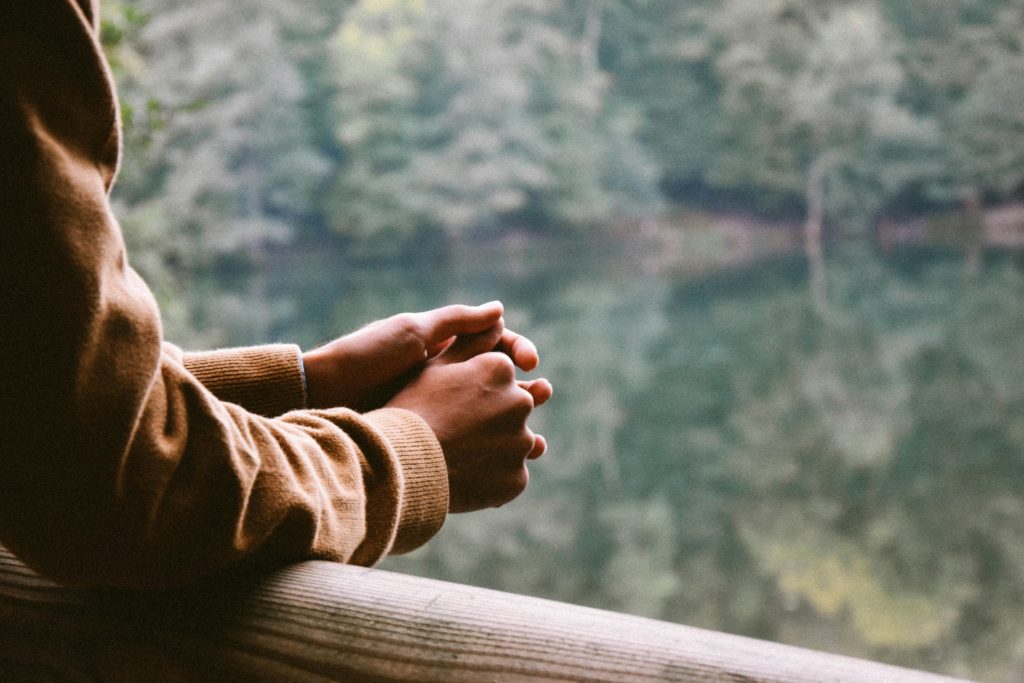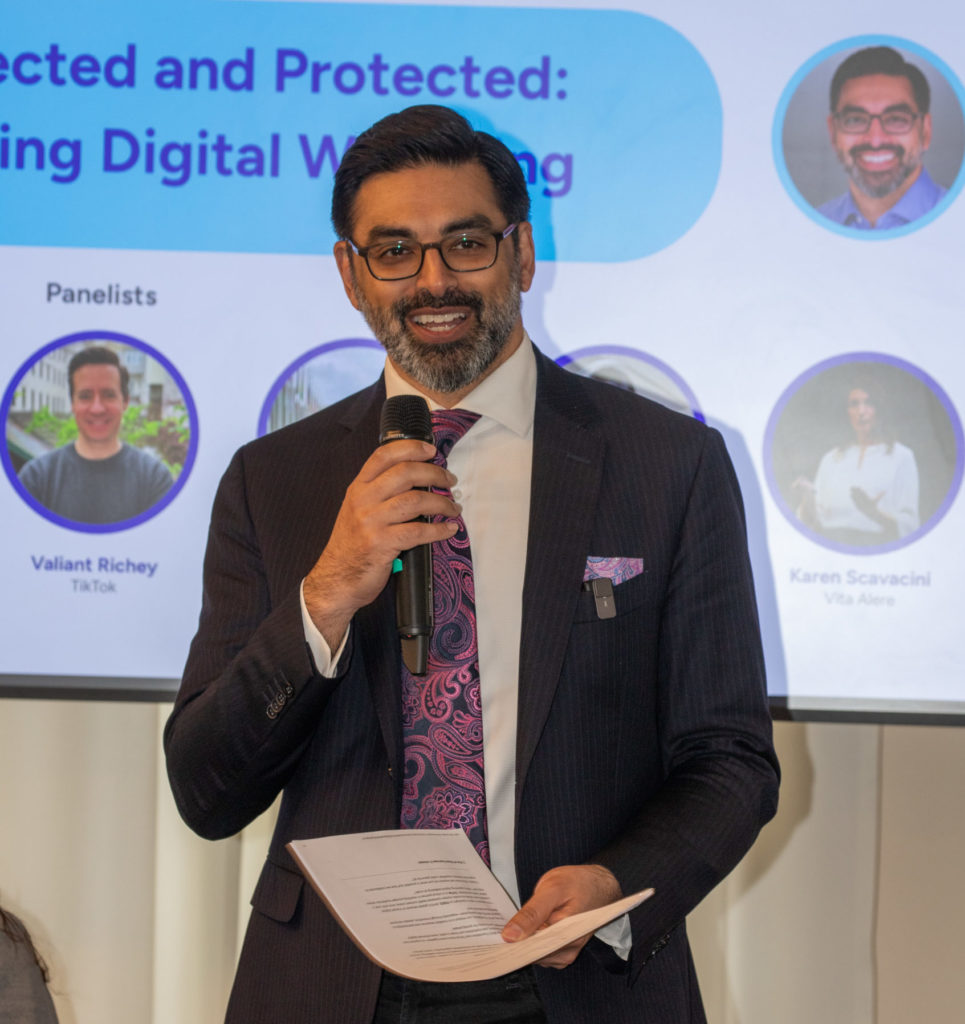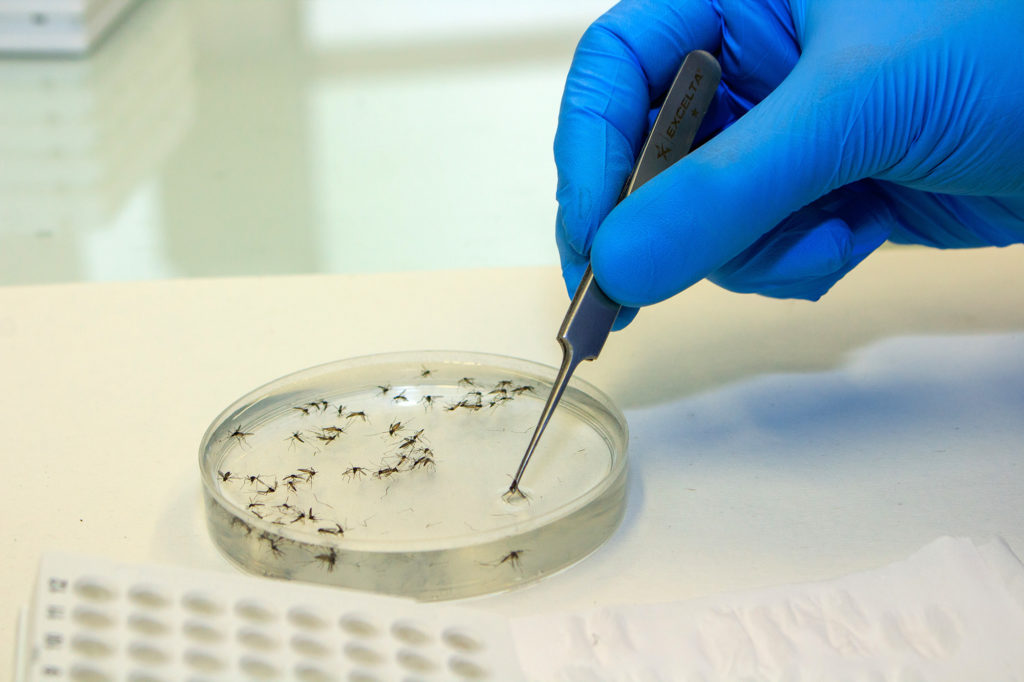Behind the Scenes at WHO: Detecting Disease Outbreaks
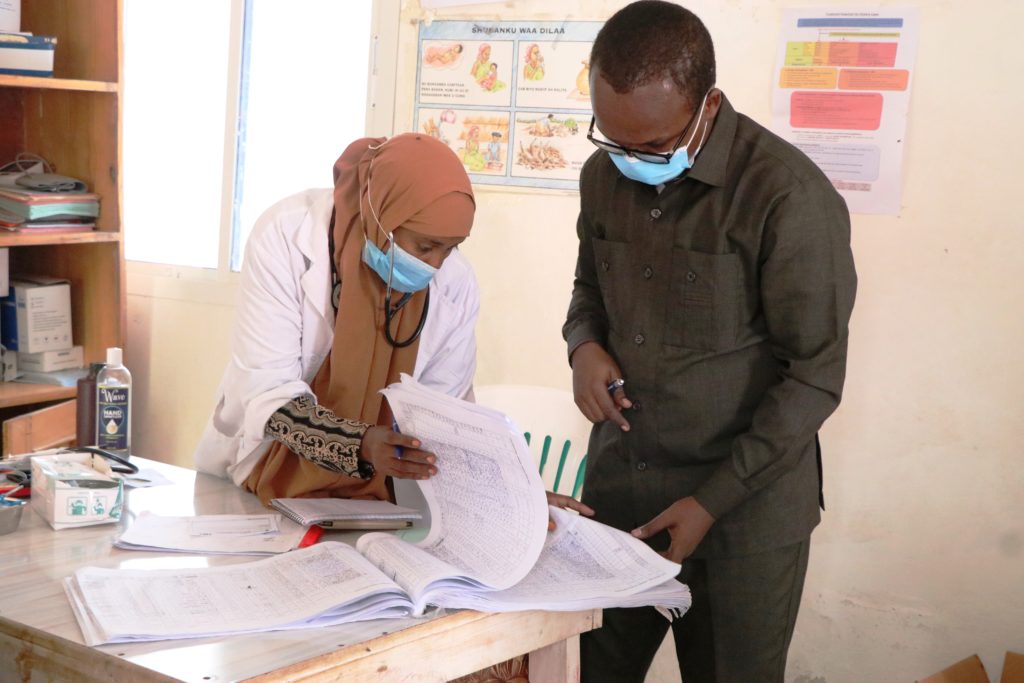
Health workers in Somalia review data during a measles outbreak. Credit: WHO
In a world where a virus can cross continents in a matter of hours, monitoring outbreaks, or “disease surveillance,” is more important than ever. But what does that actually mean? We spoke with Harsh Lata, an epidemiologist at the World Health Organization's Europe regional office, to understand how disease surveillance works and why it matters to all of us.
What is disease surveillance and what does it look like day to day?
Disease surveillance is how we spot outbreaks early and stop them before they spread. On the ground, it can be as simple as a nurse reporting an unusual fever or a lab confirming a case of measles. These small signals are shared through national health systems. Experts then look for patterns, organize a quick response such as a vaccination campaign, and try to prevent the outbreak from getting out of control.
What is your job, and what got you interested in this kind of work?
I work as an epidemiologist with the Health Emergency Information and Risk Assessment unit at the WHO European regional office. My role focuses on public health intelligence—essentially, early detection and risk assessment of acute health threats that could turn into health emergencies.
Think of it like being a public health detective. Every day, our team screens through hundreds, sometimes thousands, of pieces of information from around Europe and at times, globally.
We look for early signals—clues—that something unusual might be happening, like a new outbreak or an unexpected health event. Unlike traditional disease surveillance, which often waits for official data to come in, our work relies heavily on open sources like news reports, social media, and other informal channels- serving as early signs. Once we detect something concerning, we verify it through WHO’s official networks and/or verify it through the International Health Regulation (2005) channel. What drew me to this work is the impact it can have. By detecting threats early, we can help trigger a faster response—and that can save lives.
What else does WHO do in terms of disease surveillance?
At WHO, our job is to help countries build and maintain systems that can detect outbreaks early and share information quickly with Member States through a site with restricted access and with the public through the publication of Disease Outbreak News.
Some countries ask us for direct support. When that happens, our teams may deploy to work with local health authorities to investigate, confirm cases, and coordinate the response. So, surveillance starts locally and is coordinated globally. We also provide training, technical guidance, and tools like lab supplies and diagnostic tests.
A good example of international cooperation is the Global Measles and Rubella Laboratory Network (GMRLN). GMRLN connects some 700 laboratories in over 160 countries.
Since 2000, it has supported both routine surveillance and outbreak response by testing more than 900,000 specimens, which include not only measles and rubella, but also suspected cases of COVID-19 (SARS-CoV-2), mpox, yellow fever, rotavirus, and the ebola, lassa and dengue viruses.
Today, over 100 countries in the network can perform genotyping to track how viruses spread and evolve.
How did we manage before these systems were in place?
Before these surveillance systems and networks existed, disease detection was slower and often fragmented. Many countries relied on paper-based reporting, which meant delays in spotting patterns. Confirming what disease was causing an outbreak could take weeks.
I often think of modern disease surveillance like a radar system. Before we had it, trying to contain an outbreak must have been like flying a plane without radar.
Today, it is impressive to see how adaptable these systems are. In 2020, for example, GMRLN was mobilized to support COVID-19 testing. That flexibility showed the value of having well-established systems ready to respond.
What happens if we stop investing in disease surveillance?
Without steady investment, disease surveillance systems and networks like GMRLN lose resources and staff they need to operate. It becomes harder to keep diseases at bay. Take Measles for example, which isn’t part of my work in the World Health Emergencies team, but is nevertheless extremely contagious and on the rise worldwide. One person can infect up to 18 others. And with how easily people travel today, a single case in one country can quickly trigger an outbreak somewhere else.
I think it is important to recognize that disease surveillance is not just a public health issue, it is a matter of global security. Investing in it is a commitment to a safer world. Because when the next outbreak comes, and it sure will, we cannot afford to be caught flying blind.
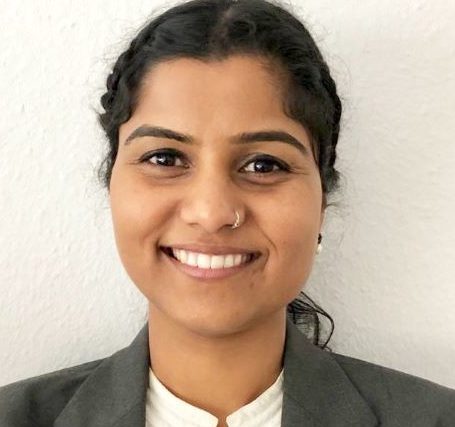 Dedicated WHO professionals are behind the scenes of every emergency health response. Harsh Lata is one of them, specializing in detecting disease outbreaks. Growing up in a part of India where girls weren’t expected to pursue careers in science, she went against the grain, supported by her father, who found used medical books to help her studies. People like her make it possible for health workers to detect outbreaks and stop diseases from spreading.
Dedicated WHO professionals are behind the scenes of every emergency health response. Harsh Lata is one of them, specializing in detecting disease outbreaks. Growing up in a part of India where girls weren’t expected to pursue careers in science, she went against the grain, supported by her father, who found used medical books to help her studies. People like her make it possible for health workers to detect outbreaks and stop diseases from spreading.
Help Protect the Work of Disease Defenders
The WHO Foundation aims to raise US $3.6 million to protect the WHO-coordinated Global Measles and Rubella Laboratory Network (GMRLN) and make it fit for the future. Every commitment made until 31 July 2025 will be matched dollar for dollar, up to $2 million, through a catalytic commitment from The ELMA Vaccines and Immunization Foundation.

